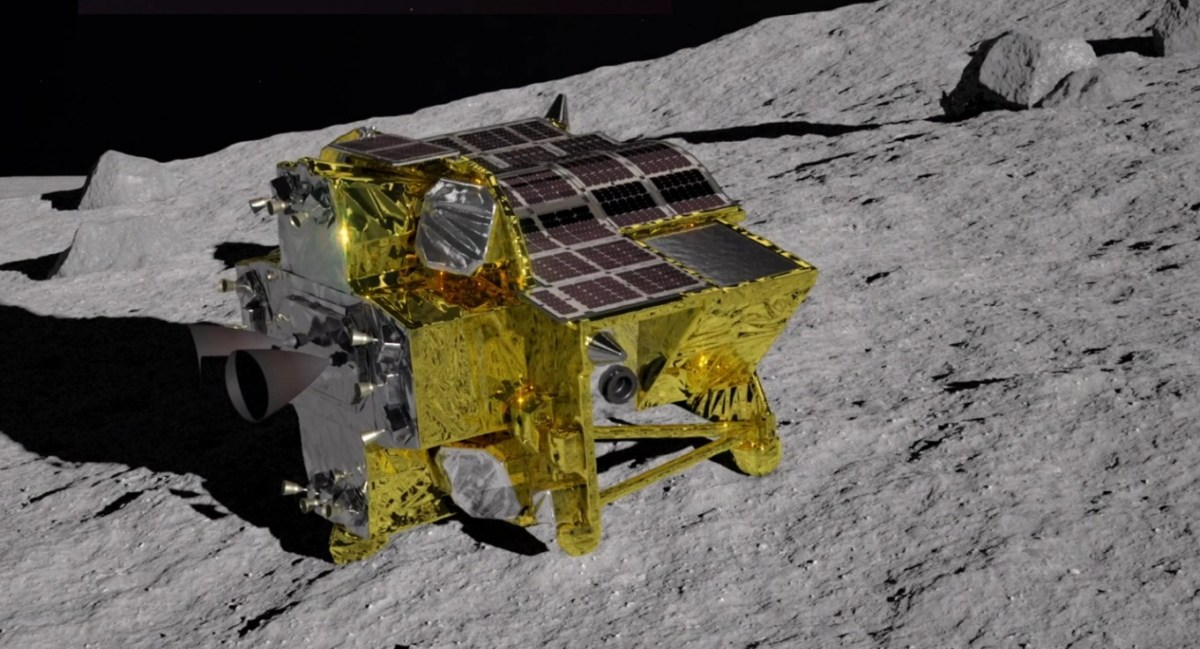On August 26, the Japan Aerospace Exploration Agency (JAXA) officially declared the end of the SLIM lunar lander mission, marking a poignant moment in Japan’s ambitious space exploration endeavors.
The “Smart Lander for Investigating the Moon” (SLIM), affectionately nicknamed the “Moon Sniper” for its precision landing capabilities, had earlier achieved a significant milestone by making a historic landing on the Moon, demonstrating Japan’s technological prowess in space navigation and landing accuracy.
SLIM’s primary objective was to showcase a highly precise lunar landing, aiming to touch down within 100 meters of its target—a far more challenging feat than traditional lunar landings, which usually have a margin of error in kilometers.
This mission was intended to prove Japan’s capability to execute pinpoint landings on the Moon’s rugged surface, paving the way for future exploration missions to more challenging terrains, such as the lunar poles or areas of scientific interest.
A Milestone in Lunar Exploration at Moon
SLIM’s journey began with a successful touchdown on the lunar surface at 10:20 p.m. on January 19. This achievement made Japan the fifth nation to accomplish a soft landing on the Moon. The mission, initially expected to last for a shorter duration, exceeded all projections by continuing operations far longer than planned, with the last communication occurring in late April.
While SLIM’s historic landing marked a significant milestone, the lander faced challenges from the outset. It touched down at a tilted angle, which drastically reduced the amount of sunlight it could receive, forcing it to rely on battery power instead of the anticipated solar energy.

SLIM’s landing made history, but its slanted touchdown significantly reduced the amount of sunlight it received. As a result, the lander had to operate on battery power immediately instead of using solar energy as planned.
However, SLIM’s primary objective was achieved: to demonstrate the capability of landing on a celestial body with remarkable precision. Its elliptical landing zone surrounded a designated point within 100 meters, much smaller than the usual range of several kilometers. NASA’s Apollo 11 had an elliptical landing area measuring up to 20 km x 5 km.
“The landing accuracy was evaluated with a positional error of about 10 meters from the designated point, confirming the world’s first successful precision landing. The Multiband Camera (MBC) successfully conducted spectral observations in 10 wavelength bands across 10 rock blocks, exceeding expectations.
Furthermore, the lander demonstrated remarkable resilience by surviving three lunar nights, each lasting about 14 Earth days. During this period, the lunar surface temperature can plunge to as low as -173°C (-279°F), posing extreme challenges for spacecraft electronics and battery systems. Despite these harsh conditions, the SLIM lander managed to endure approximately six weeks of freezing lunar temperatures, significantly surpassing its initial operational expectations.
“SLIM continued to function and send data for a duration far beyond the original mission goals,” JAXA stated. This extended operation not only highlighted the robustness of its design but also provided an unexpected opportunity to collect additional scientific data, offering further insights into lunar surface conditions and the long-term performance of space technologies in extreme environments.

The last time JAXA communicated with SLIM was on April 28. Over the past four months, many efforts were made to reestablish contact with the lander, the most recent being last week, but all were unsuccessful. However, interesting scientific research continued even without responses from the lander.
NASA tested the Laser Retroreflector Array by using the Lunar Reconnaissance Orbiter (LRO) to shoot lasers at SLIM. In the future, this technology could help determine the precise location of objects or facilities on the Moon and provide landing sites with minimal deviation.








